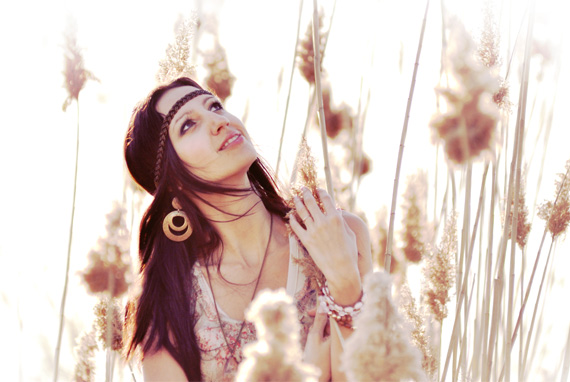Today, one of the most powerful, most influential visual media in the world is photography. More specifically, photography. Photography, with the help of the opportunities given to it, can have a tremendous impact on a person.
A photograph is used both to visualize printed and verbal information, and as an original show, a story about some incident or event without the help of a word. Everyone has probably heard the popular aphorism: one picture is worth a thousand words.
The art of photography is an accessible, flexible, lively and therefore a form of creativity that has become popular among the people today. Its main advantage over other types of fine art is the relative immediacy of the creation of a work. In the baggage of a person who is seriously engaged in the art of photography, there is the widest field for creativity, for search, for work.
Photography, by its nature, carries a great variety of visual tools, techniques, effects that help the author to penetrate into the most hidden corners of the viewer’s consciousness. Moreover, the viewer of any age, nationality, mentality, type of thinking.
Art specialists classify photography as an activity into three types, three main, main areas: commercial, artistic and technical. Along with all this classification, photography as an art can be divided into many genres.
Each of these genres in photography lives and works according to its original, internal laws.
Сandid social photography

This is probably the most complex and dramatic genre of the art of photography. Without exaggeration, it can be safely called the most emotional and conflict. Shots in this genre are almost always taken with a “hidden camera”, that is, a person who finds himself in the field of view of the photographer usually does not know that he is being photographed. He does not look into the camera lens, does not pay his attention to the photographer.
Social photos can be seen mainly in newspapers, magazines, books, today – on Internet news portals and so on. The natural expression of the subject is the hallmark of this genre of photographic art. In these pictures, there is often no acting, staging, directing. Social photography can be called the basis, the basis of photojournalism.
Pictures taken in this genre naturally and naturally display the real, genuine, lively emotions of the characters depicted on them. They show and transmit to the mind of the viewer the emotions and feelings of the people in the frame without any special embellishments.
This happens, as we have already said, due to the fact that the person being photographed does not see the person photographing. Or, for some other reason, they simply ignore it.
In some cases, the emotional impact of such photographs on the viewer is so great that publishers do not dare to publish them in the media.
Wildlife photography
Photographing wildlife life is very, very difficult. Photographers who have associated their work with this genre of photography voluntarily doom themselves to significant difficulties. Sometimes their work even carries a serious danger to life.
Masters of this genre simply need good and expensive equipment, powerful telephoto lenses, with which you can shoot animals at a safe distance for yourself. Original photographs of animals taken in their natural habitat are always precious, not only emotionally, but also purely materially.
And this is natural: not every one of us is ready to undertake such an expedition both physically and in terms of money: as we have already said, the equipment necessary for such a survey is usually very expensive.
Wildlife photography is mainly done by specialized publishing houses. The most famous of them are Animal Planet and National Geographic.
In addition to having expensive and sophisticated photographic equipment, a photographer involved in this genre of photography must have certain character traits. He must be accustomed to risk, cold and hot, he must be attentive and patient. Must know the habits of animals, their life.
Street photography

The genre of street photography is no less interesting and exciting than the two described above. And, besides, it is no less complicated than they are. Street photography is primarily documentary photography. It is close in its essence to the genre of social photography. But its range is somewhat wider.
Street photography is far from just photographing the streets of various cities. This is a documentation of everyday life, the life of an ordinary person, his routine, life in his usual environment.
A good photograph taken in this genre usually reflects the soul of the street, betrays its mood to the viewer, shows its life naturally, without embellishment, without any external interference of the author of the photograph. Street photography, to some extent, can be attributed to photojournalism.
This type of photographic art is known mainly to news agencies.
